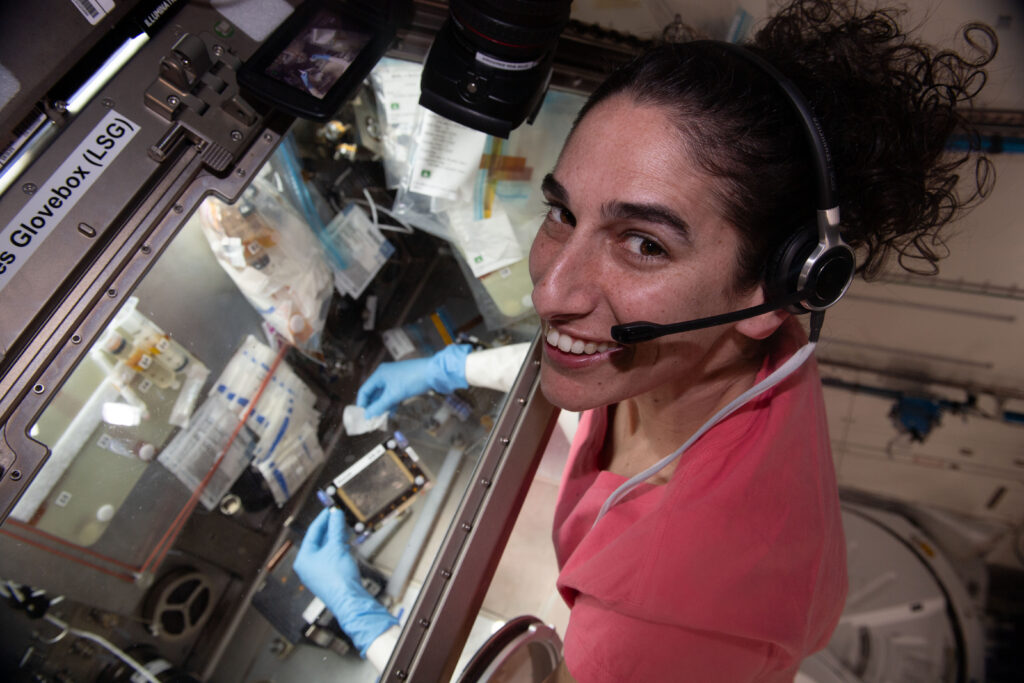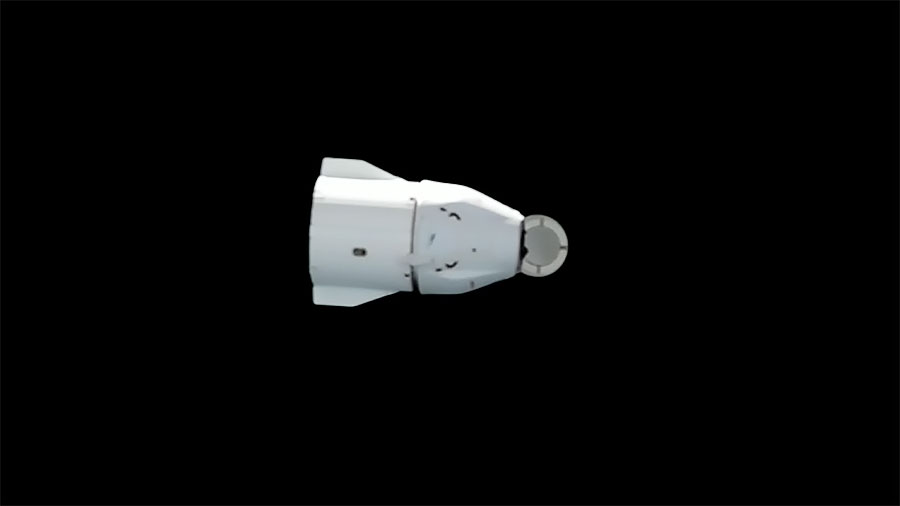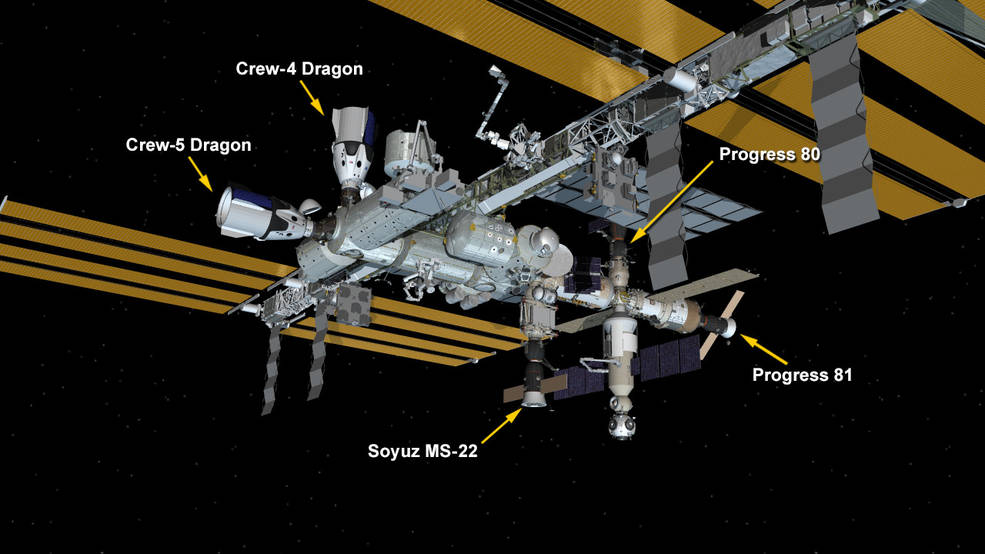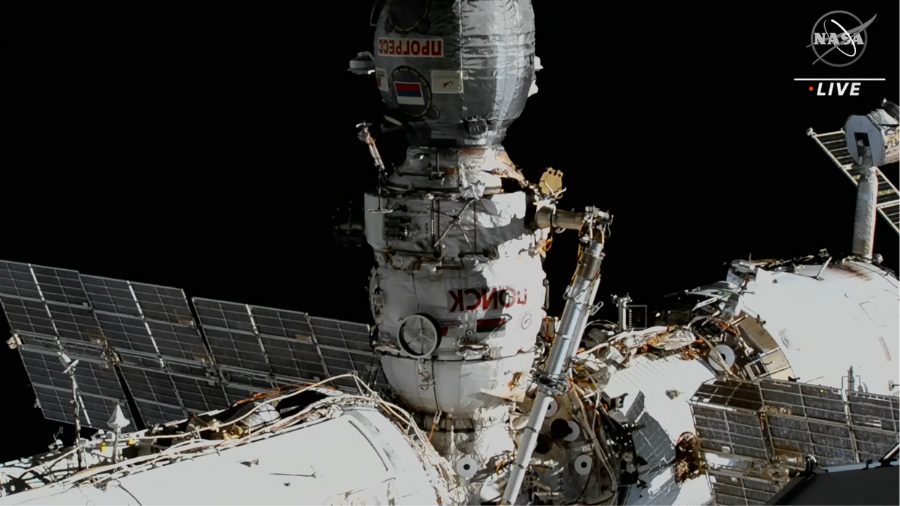
A busy week of science and prep for an upcoming cargo delivery kicked off aboard the International Space Station on Monday as the Expedition 70 crew set its sights on new stem cell research and orbital training.
Two cosmonauts, Flight Engineers Oleg Kononenko and Nikolai Chub, are gearing up to be on duty monitoring the automated docking of the Progress 87 cargo craft, which is scheduled to launch from the Baikonur Cosmodrome in Kazakhstan at 10:25 p.m. EST on Wednesday, Feb. 14. Loaded with nearly three tons of food, fuel, and supplies, Progress will dock to the station around 1:12 a.m. Saturday, Feb. 17. In preparation of the upcoming cargo delivery, the cosmonauts trained on the telerobotically operated rendezvous unit, or TORU, which allows them to remotely control an arriving spacecraft in the unlikely event it could not automatically dock.
Meanwhile, the Progress 85 cargo craft, which arrived to the station about six months ago, will undock from the station at 9:09 p.m. Monday, Feb. 12 About three hours later, it will be commanded to deorbit before harmlessly burning up over the Pacific Ocean.
While training for the upcoming mission was underway, two NASA Flight Engineers, Jasmin Moghbeli and Loral O’Hara, focused a majority of their day on the Mesenchymal Stem Cells in Microgravity Induced Bone Loss (MABL-A) investigation. MABL-A, which was delivered aboard Northrop Grumman’s 20th Commercial Resupply Mission nearly two weeks ago, assesses the effects of microgravity on bone marrow stem cells. The duo worked separately throughout the day to sample BioCells inside the habitat with assistance from JAXA (Japan Aerospace Exploration Agency) Flight Engineer Satoshi Furukawa.
Later on, Moghbeli donned the Bio-Monitor garment and headband, which monitors and records vital signs while crew members perform daily activities. Afterward, she was joined by Furukawa, ESA (European Space Agency) Commander Andreas Mogensen, and Roscosmos Flight Engineer Konstantin Borisov to complete orbital training in the unlikely event an emergency were to occur on station.
Near the end of the day, Mogensen, with assistance from Furukawa, unstowed the NanoRacks External Platform then mounted a pressure management device to it before configuring power and data cables.
Learn more about station activities by following the space station blog, @space_station and @ISS_Research on X, as well as the ISS Facebook and ISS Instagram accounts.
Get weekly video highlights at: https://roundupreads.jsc.nasa.gov/videoupdate/
Get the latest from NASA delivered every week. Subscribe here: www.nasa.gov/subscribe




